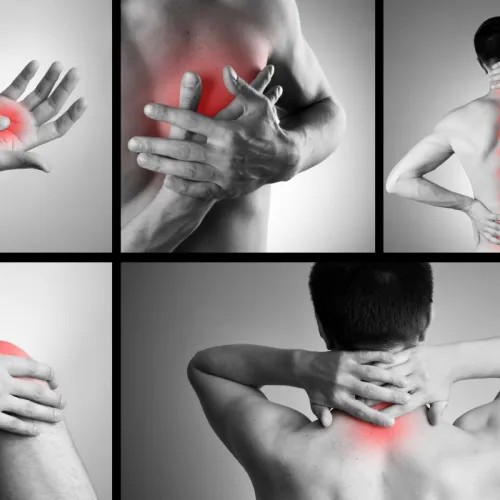FAQ on the subject of pain
What pain patients and their relatives would like to know
Pain is a complex sensation that is similar to a feeling. Pain is always subjective, cannot be measured, cannot be proven and cannot be refuted. Since the 1970s there has been an official definition of the International Association for the Study of Pain that does justice to acute and chronic pain as well as to the biopsychosocial model of disease.
“Pain is an unpleasant sensory and emotional experience associated with, or resembling that associated with actual or potential tissue damage.”
Definition by the International Association for the Study of Pain (IASP)
This model states that a disease, and thus also pain, is not always and exclusively caused by physical changes, but that dysfunction, emotional, psychological and social problems and disorders can also result in pain and diseases.

Pain guide
Specialists from the Centre for Pain Medicine Nottwil have compiled important tips on the topic of pain for you
